John Faulkner and his wife decided to put their Ford Mustang Mach-E to the test: what kind of car is it? The pair found a vehicle that performed like, well … a vehicle. Check out their 1,796-mile adventure.

John Faulkner, right, and his wife ready for their nearly 1,800-mile trek from California to Utan and back.
There is only one way to see if an electric vehicle can be used for long-range road trips and that is to take a long-range road trip. My wife and I had the opportunity to drive from our home in Southern California to Moab, Utah, a 1,796-mile trip that with a bit of planning was as pleasant and easy to drive as it would be in any other car. Even better than many.
The drive
The road trip was an estimated 95% freeway driving, with the majority of that at 70 miles per hour or more. In Utah the posted limit is 80 mph and for many drivers that was only a suggestion. Electric vehicles are most efficient when driven in town to take advantage of the regenerative braking, or on the open road at slower speeds so we set the cruise control to 72 mph when on the freeway.
The regenerative braking and one pedal driving were set at their highest levels, and the BlueCruise hands-free driving, with adaptive cruise control, was used at most times. It is estimated about 1,600 of the 1,796 miles were driven with hands off the steering wheel. This technology adds to efficiency because there is no on-and-off the accelerator pedal eliminating herky-jerky driving. It also aids in the driver being more relaxed, especially on a long road trip like ours.
The all-electric efficiency averaged about 3 miles per kilowatt hour. This is an excellent number considering the speeds, the majority being freeway driving, the terrain going from sea level to nearly 5,000 feet, running the A/C most of the time because of 90+ degree temperatures, and the Mach-E weighing 4,800 pounds. Had our time in the Mustang Mach-E been spent mostly in town or on curvy country roads, our efficiency would have been closer to 4 miles per kWh.
Cost comparison
We charged 412.23 kWh over the 1,796-mile trip for a cost of $203. A comparable SUV, such as a 2023 Ford Explorer AWD with the turbocharged 4-cylinder engine and an EPA highway rating of 26 miles per gallon, would have used 69 gallons of gasoline. The fuel costs we saw posted during our trip averaged $4 per gallon for 87 octane, which would be $276 gasoline costs.
The comparison between an electric and gasoline vehicle is more than the cost of energy used (one thing to keep in mind is the retail price of electricity at a public fast-charging site is substantially higher than the cost of electricity for home charging).
Gasoline fueled vehicles require tune-ups, oil, transmission servicing and other typical maintenance and costs. The Mach-E, as well as other EVs, has an overall lower cost per mile of operation as none of those need to be done.
Another cost savings is that with regenerative braking, the Mach-E won’t need brake pad replacements under normal use for at least 50,000 miles. On the other side, a trip like this you may need to make a few more stops and take a little more time than you might with a gas vehicle, but again the difference is not great.
Range and Charging
Our Mustang Mach-E Premium AWD was equipped with the extended range battery, which offers 91 kWh of usable charge. This $8,600 option is a worthy consideration when researching which Mach-E to buy if road trips are in your plans. In our case it was, as traveling through four states, California, Nevada, Arizona and Utah, made the trip worry-free having the extended battery.
The EPA rating of 290 miles of all-electric range (AER) is an important reason why the Mach-E AWD Extended is worthy of no fear road trips outside your city or region. If you opt for the rear-wheel-drive Mach-E Extended the AER increases to 310 miles. The base rear wheel drive Mach-E, without the extended battery, has an AER of 247 miles.
We began by downloading the FordPass app that maps routes, finds chargers, and is used for many other vehicle operations. After creating an account and registering your Mach-E, the FordPass app can then start and stop, lock and unlock and locate a lost vehicle.
For charging we used the BlueOval Charge Network and Electrify America charge stations, where new Mach-E and F-150 Lightning owners receive 250 kWh of complimentary charging.
Driving: Day 1
We departed Dana Point, California with 280 miles of range and a 97% charge. Being our first time driving the Mach-E on a long trip we decided to break up the first day into three segments. Dana Point to Barstow; Barstow to Las Vegas, Nevada; and onto St. George, Utah. These were our charging stops, with mileage, range and state of charge, SOC, before and after charging.
The 408-mile trip took require just over 2.5 hours of charging time at the three stops. We paid about $69 to charge the Mach-E between the three stops.
Driving: Day 2
We drove 178 miles from St. George to Salina, Utah for our first leg, charging 47 minutes to go from 31% charged to 92%. It cost $17.67. The second leg was 105 miles to Green River, Utah and it cost $31.24 to go from 61% charged to 93%.
Driving: Day 3
After two nights at the Red Cliff Lodge in Moab and experiencing the Ford Bronco Sport Off-Roadeo program, we began the return trip with enough battery and range to drive round trip to Moab and recharge again in Green River. Note: The only public chargers in Moab were Tesla Superchargers, opening the door for competing charging networks to enter this popular resort town. Note 2: Ford EVs will have access to the Tesla Supercharger network beginning in January 2024.
This round trip was only slightly shorter than our day one trek at 407 miles. However, our time spent charging was just a little over two hours as opposed to the more than 2.5 hours spent charging on Day One. We spent just shy of $80 to charge — $11 more than Day One.
Driving: Day 4
Our route home was similar, but the second charging point was in Herperia, California instead of Barstow. The return run cost $55.68.
Charging summary
The FordPass and BlueOval apps allow for Ford’s two current EVs, the Mach-E and F-150 Lightning, to be charged at most charging networks without needing to log in or pay on the spot.
Electrify America was used exclusively as they had a well-developed charging network for our journey. For convenience, they have partnered with Ford as part of Ford’s Plug & Charge program, where all we needed to do was plug in the charger, and once our Mach-E was recognized in the system, charging began. There were no account ID, PINS or passwords to enter and no payment due. Ford will be introducing this fast and simple charging process to ChargePoint and EVgo.
The Electrify America chargers, with only a couple of exceptions, were all operational at each stop we made. We always had a choice to charge at either a 150 kWh or 350 kWh unit, but with our fastest charge speed we noted of 145 kWh, using the 350-kWh charger was not a priority.
The big news from Ford is their EV owners, beginning in January, will receive an adapter allowing them to charge at Tesla Superchargers. This opens an additional 1,200 charging points which makes owning a Ford EV even more convenient. Then starting in 2025, all Ford EVs will come with Tesla’s North American Charging Standard, or NACS, so no adapter will be necessary. Ford currently uses the Combined Charging Standard (CCS) connector, which will be phased out in the next couple of years.
Charging community
There is a camaraderie among EV owners when meeting at charging stations. All know what each other is going through and what it takes to continue on their journey. There is a positive, universal attitude that was calm and positive. All knew, before beginning their journey, that charging was not as fast as filling a tank with gasoline and seemed perfectly comfortable in the shared experience.
In 1966 Honda’s marketing slogan for their motorcycles was “You meet the nicest people on a Honda.” Paraphrasing, and with all credit to their copywriters nearly 60 years ago, it should be updated to “You meet the nicest people when charging your EV.”
Conclusion
A robust and highly developed public charging network will be crucial for mass acceptance of electric vehicles. California has the most built-up public charging network which is why more EVs are sold there than all the other states combined.
Long distances can be done with the Ford Mustang Mach-E without any problems. The 1,796 miles we drove were only the beginning, because with planning we could have continued driving across America.
John Faulkner has 40 years of experience branding, launching and marketing automobiles at each of the Detroit Three as well as several Japanese brands. Faulkner is the Road Test Editor/Senior Writer at Clean Fleet Report, and is a journalist member of the Motor Press Guild and Western Automotive Journalists.

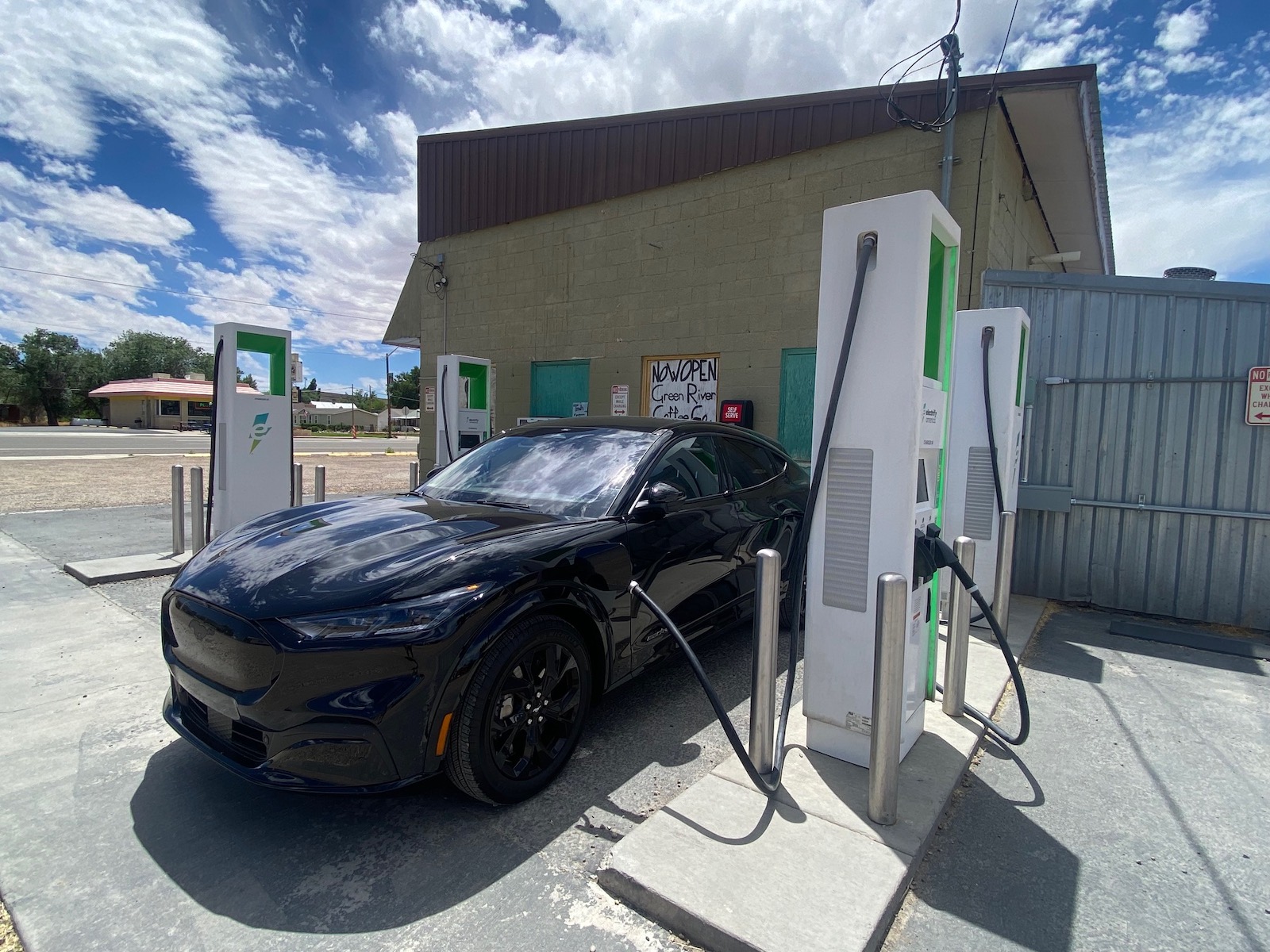
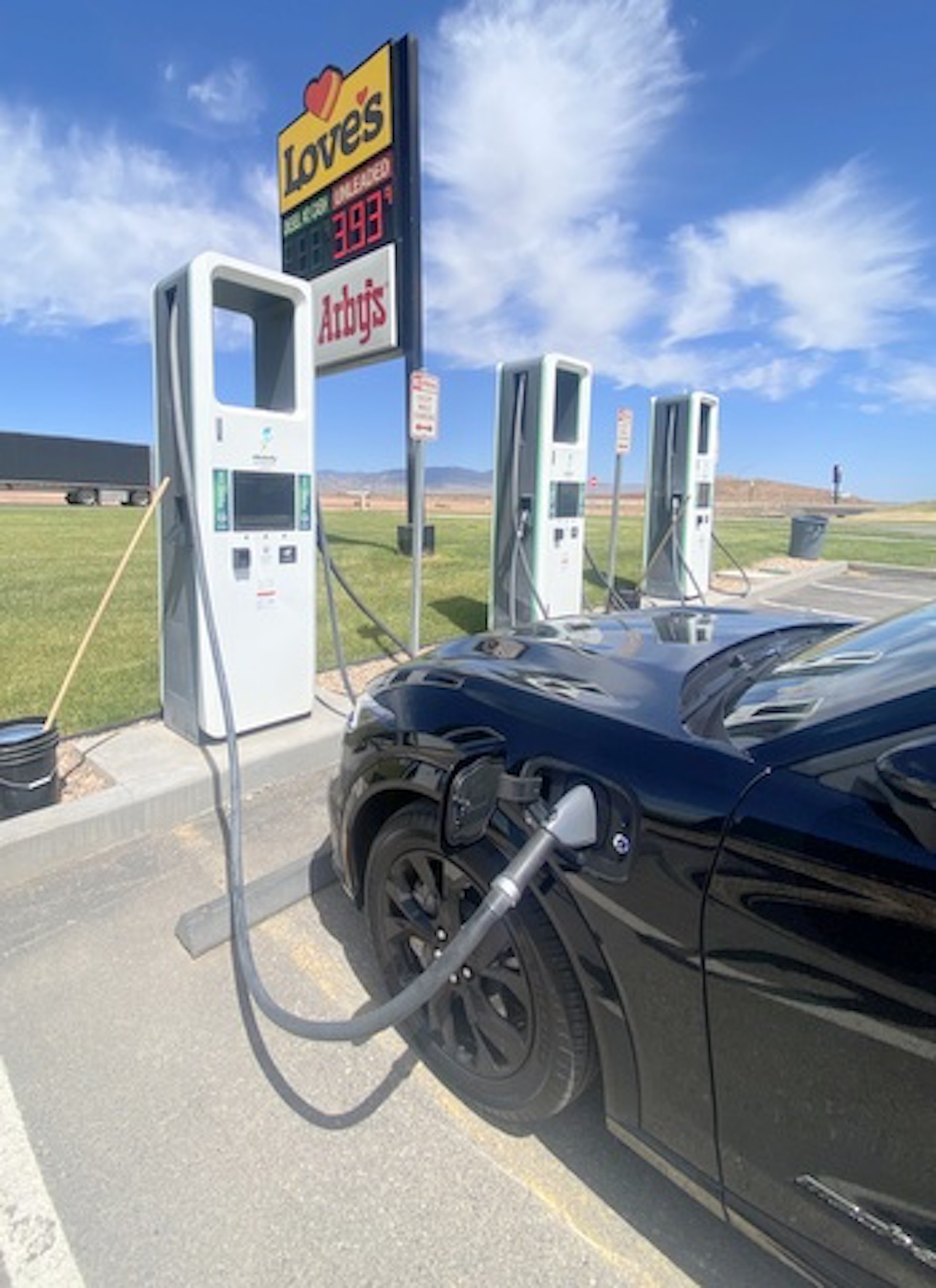

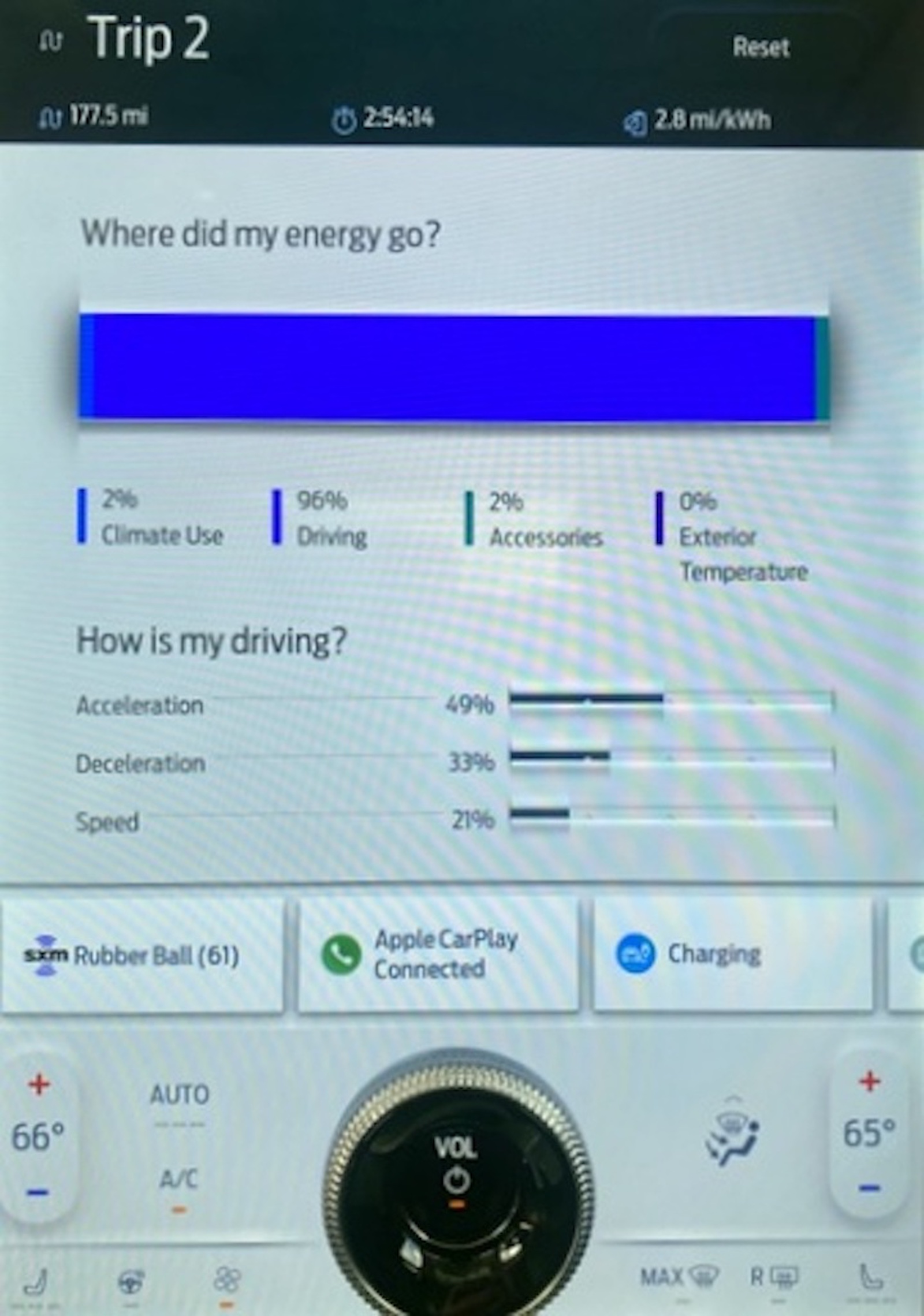
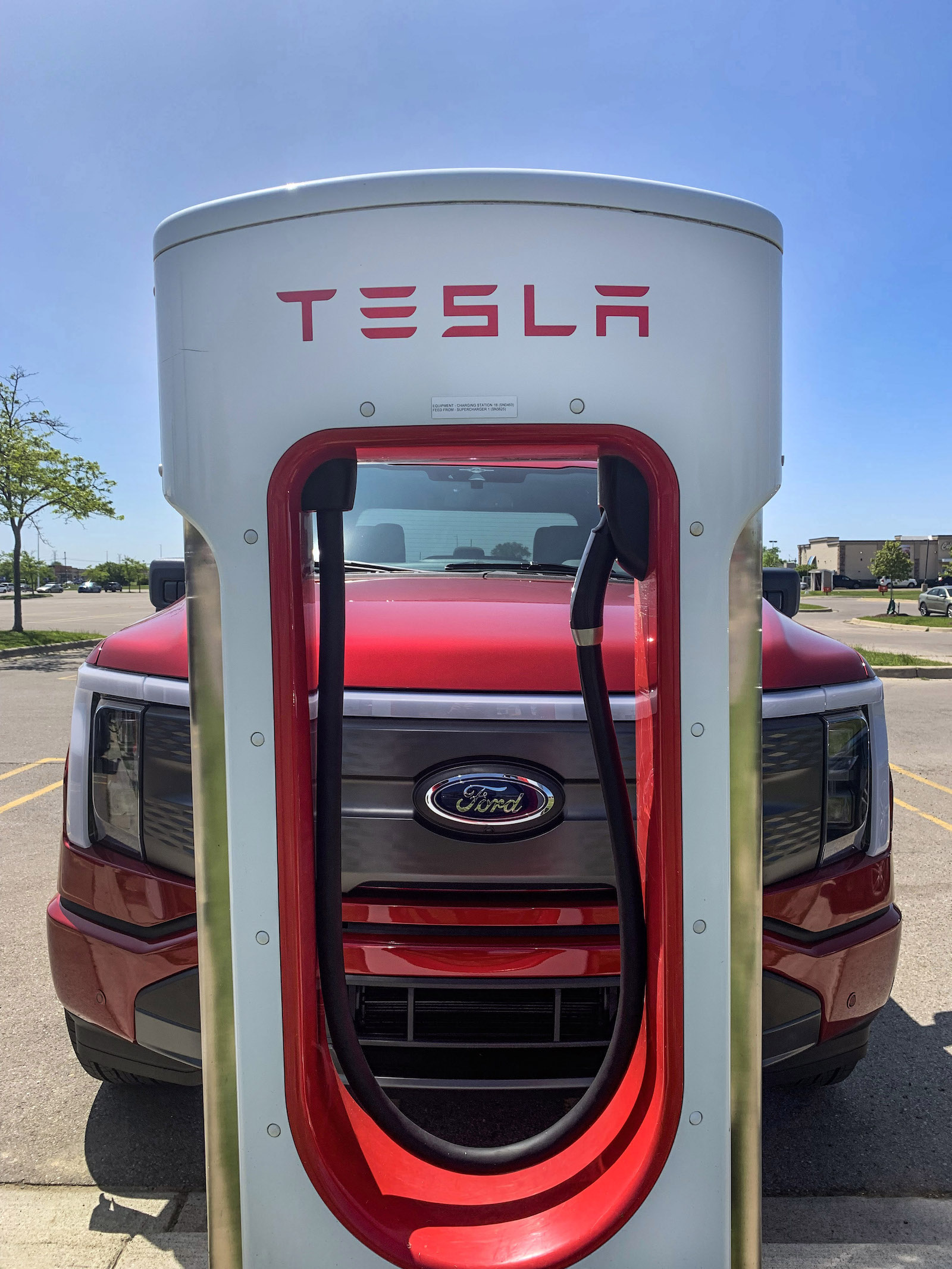
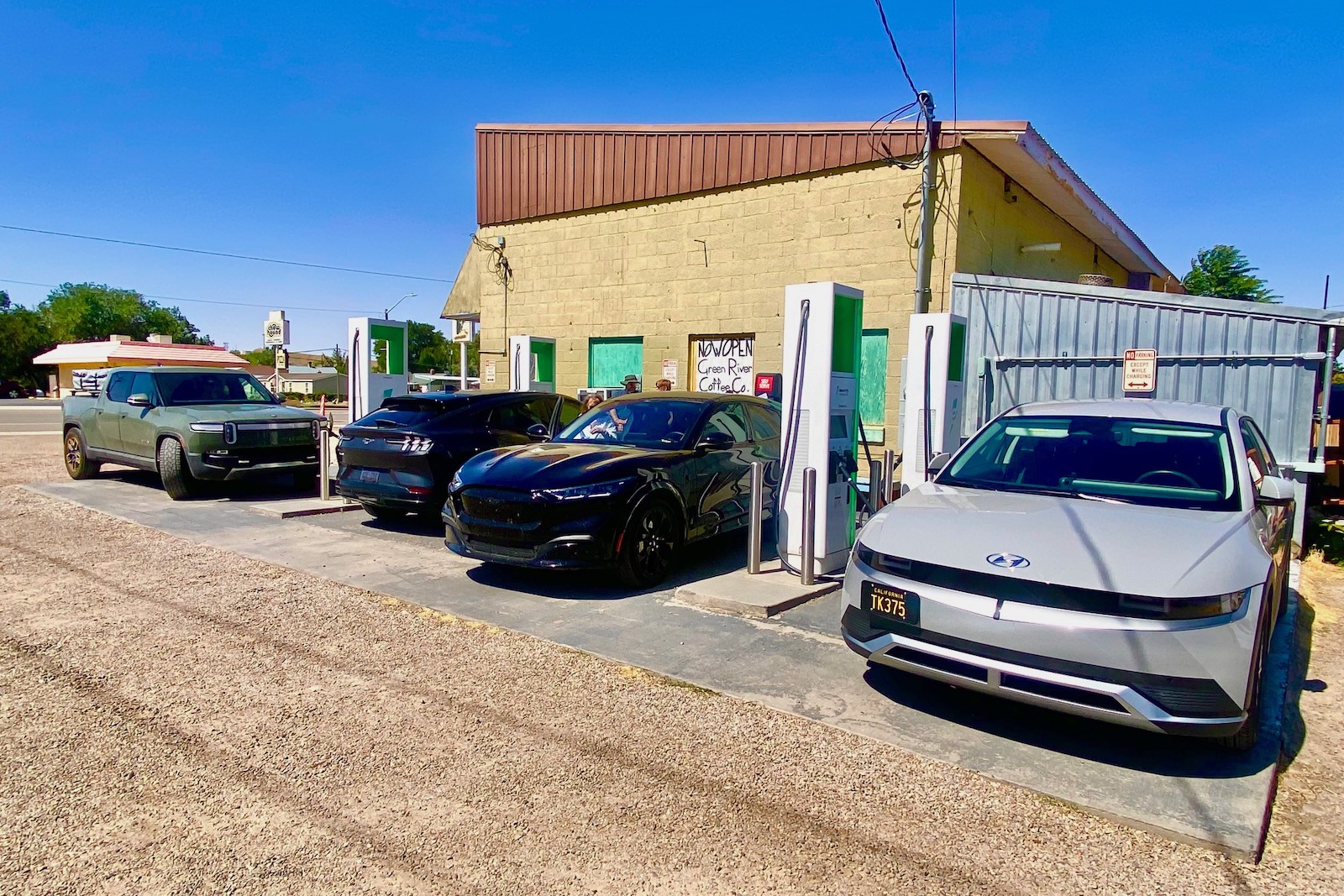
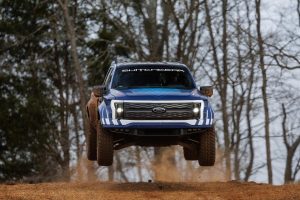
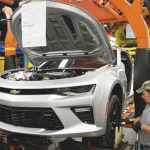
0 Comments